DHS encourages Wisconsinites to take action to prevent childhood lead poisoning
October 20-26 marks National Lead Poisoning Prevention Week
During National Lead Poisoning Prevention Week (October 20-26), the Langlade County Health Department is encouraging all residents take steps to prevent and detect childhood lead exposure by getting the facts, helping children get tested for lead exposure, and checking homes for lead hazards.
"There is no safe level of lead," said Jean Turunen, Public Health Nurse "This week serves as a reminder to families to be aware of lead hazards, and to make sure all children are tested."
Earlier this year, DHS issued updated lead testing recommendations, calling for all children to be tested for exposure to lead at ages 1 and 2. Children between 3 and 5 years old who have not been previously tested should also undergo screening for lead poisoning. Wisconsin communities with high rates of lead exposure due to the age of housing or other lead hazards may have additional testing recommendations.
Testing has started to increase following historic lows during the pandemic, but there may be many more children with lead poisoning who have not been identified. In 2023, only 40% of 1- and 2-year-olds in Wisconsin received a blood lead test. Over the past decade, nearly 27,000 Wisconsin children under the age of 6 have been poisoned by lead.
"Children younger than 6 are particularly vulnerable to lead exposure because their bodies are still developing and growing rapidly," said Brian Weaver, DHS Lead Policy Advisor. "No amount of lead exposure is safe for a child. Even low levels of lead in blood have been shown to affect a child's IQ, ability to pay attention, and speech development. It is important for everyone to understand the risks of lead exposure and actions they can take to help but an end to childhood lead poisoning in Wisconsin."
Lead can be found in many places in a child's environment. The primary source of exposure for children is from cracked or chipped lead-based paint, which was used inside and outside many homes built before 1978. Children are most often exposed by swallowing or breathing in dust created by deteriorating paint as they crawl, play, or put their hands or other objects that may be contaminated with lead dust into their mouths. Other common sources of lead exposure include drinking water and soil that becomes contaminated with lead that is then ingested.
Any child can be lead poisoned, but not all children are at the same risk. Children who live in households at or below the federal poverty level and those who live in housing built before 1978 are at the greatest risk of lead exposure.
DHS encourages parents and caregivers to take action:
Get the facts: Lead is still a problem in many communities. Learn about lead exposure, lead hazards, and how to protect families and communities on the Lead-Safe Wisconsin webpage.
Get children tested: A blood test is the only way to find out if a child has lead poisoning. DHS recommends that children receive a blood lead test at age 1 and age 2, and between ages 3 and 5 if they have not been previously tested.
Get homes tested: Minimize the risk of lead exposure by hiring a certified professional to test homes built before 1978. Contact the local health department or water utility company to find out about testing water. Renters should ask landlords to have homes or apartments tested.
Find information about protecting families and communities from lead exposure and lead-safe homes on the Lead-Safe Wisconsin webpage. Learn about resources available to fix lead hazards on the Find Funding Opportunities to Fix Lead Hazards webpage.
